The troubled history of the rotating Glasgow Tower

The Glasgow Tower has been plagued with closures since it opened in 2001
- Published
For more than two decades, a futuristic-looking silver-coloured column has towered over the River Clyde.
But since the £10m Glasgow Tower opened in 2001, it has been riddled with maintenance issues and repeated closures.
At 127m (416ft), it is the tallest freestanding building in Scotland and offers panaromic views of the country's largest city.
Located next to the Glasgow Science Centre, the tower also claims to be the tallest fully-rotating freestanding structure in the world.
The striking landmark should be a major draw for tourists but last year it was open for just 75 days and had about 4,300 visitors.
As it prepares to reopen in early April, BBC Scotland News looks back at its troubled history.
What is the Glasgow Tower and why is it closed so often?
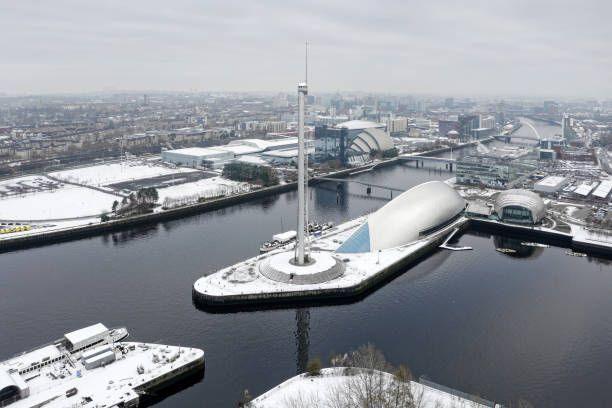
The Glasgow Tower is closed to visitors in the winter
Glasgow Science Centre claims its tower is the "only structure on earth capable of rotating 360 degrees into the prevailing wind".
During a trip to the tower, visitors can watch footage of how the local area has changed and learn about the science behind the structure.
And after two-and-a-half minutes in a lift, a viewing platform with capacity for 24 people offers a bird's-eye view of the city of Glasgow.
But the tower is only open between April and September - and it closes when wind speeds exceed gusts of 25 mph.
In the years since it opened it has also been closed for extended periods due to breakdowns, repairs and maintenance.
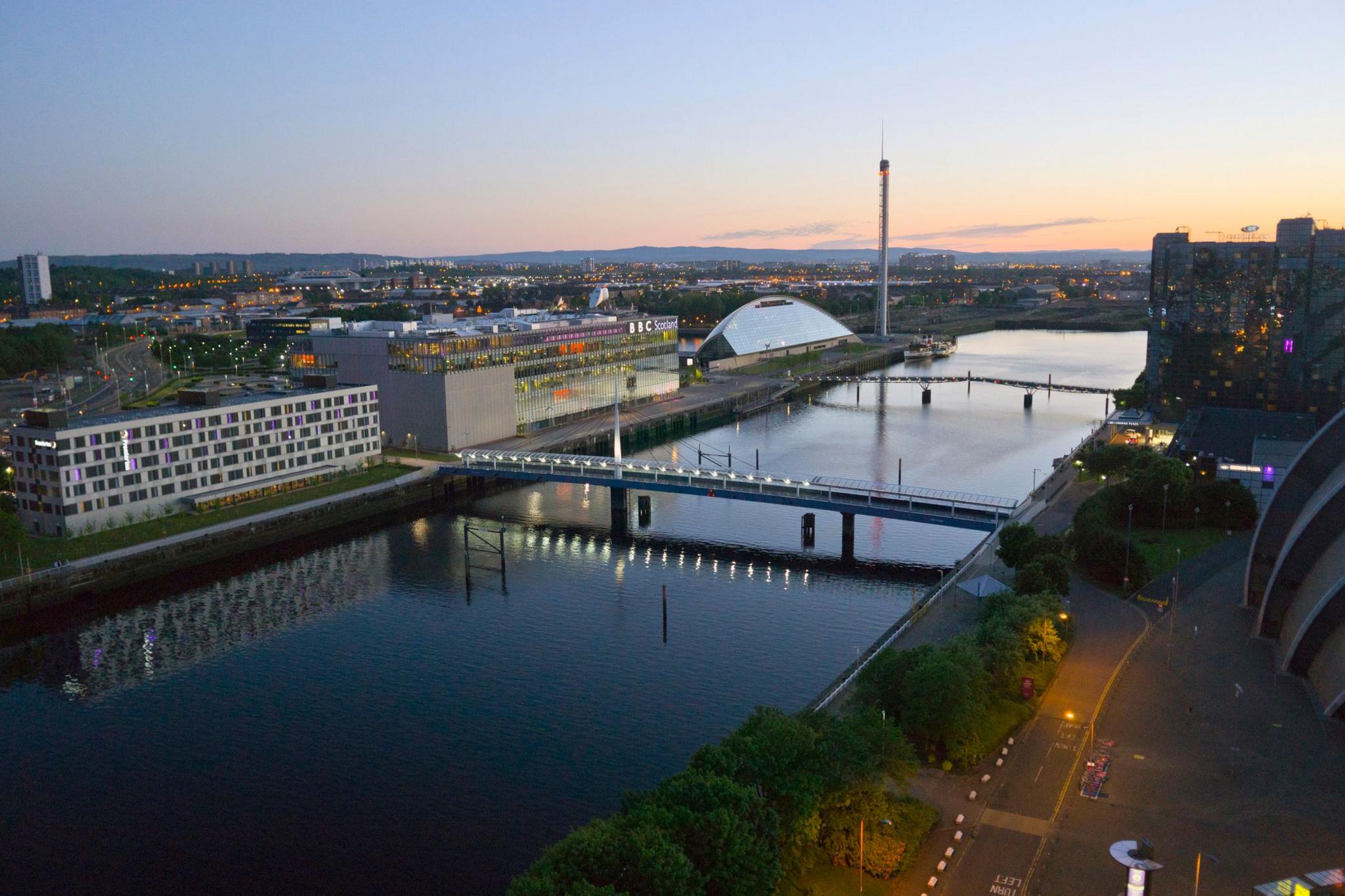
The tower is next to Glasgow Science Centre and the BBC Scotland headquarters
The original design for the tower was submitted to a competition seeking ambitious ideas for St Enoch Square in Glasgow city centre in 1992.
It was instead built in its windy riverside location as part of a redevelopment of docklands at Pacific Quay.
Jill Sutcliffe, a civil engineering lecturer at Glasgow Caledonian University, told BBC Scotland News: "Most buildings are relatively squat and the weight keeps them exactly what we want them to be.
"And in other tall buildings, they have a base that’s much wider than the top.
"And Glasgow Tower is the complete opposite - it's bigger at the top than it is at the bottom.
"As you go higher, horizontal loads and wind speeds start to matter more higher up."
What is the history of the Glasgow Tower?
Even before it opened, the Glasgow Tower was beset with problems.
It was designed by renowned architect Richard Horden but he severed links with the project in 1999 when his firm was removed in a dispute over time and cost.
He died in 2018, but in 2013 he told BBC Scotland News that it was "always sad to reflect on this project".
Prof Horden said it was "entirely possible for the initial design to have functioned successfully".
But he said it failed because of poor management decisions, such as removing the original "first-class design team" and "doing it on the cheap".
Ms Sutcliffe had sympathy with Prof Horden's stance.
"The client doing something like this should either have very deep pockets or should back away and not to do it at all," she said.
"This seems to be one of those circumstances where those two things didn't happen."
When did the Glasgow Tower open - and what caused it closures?
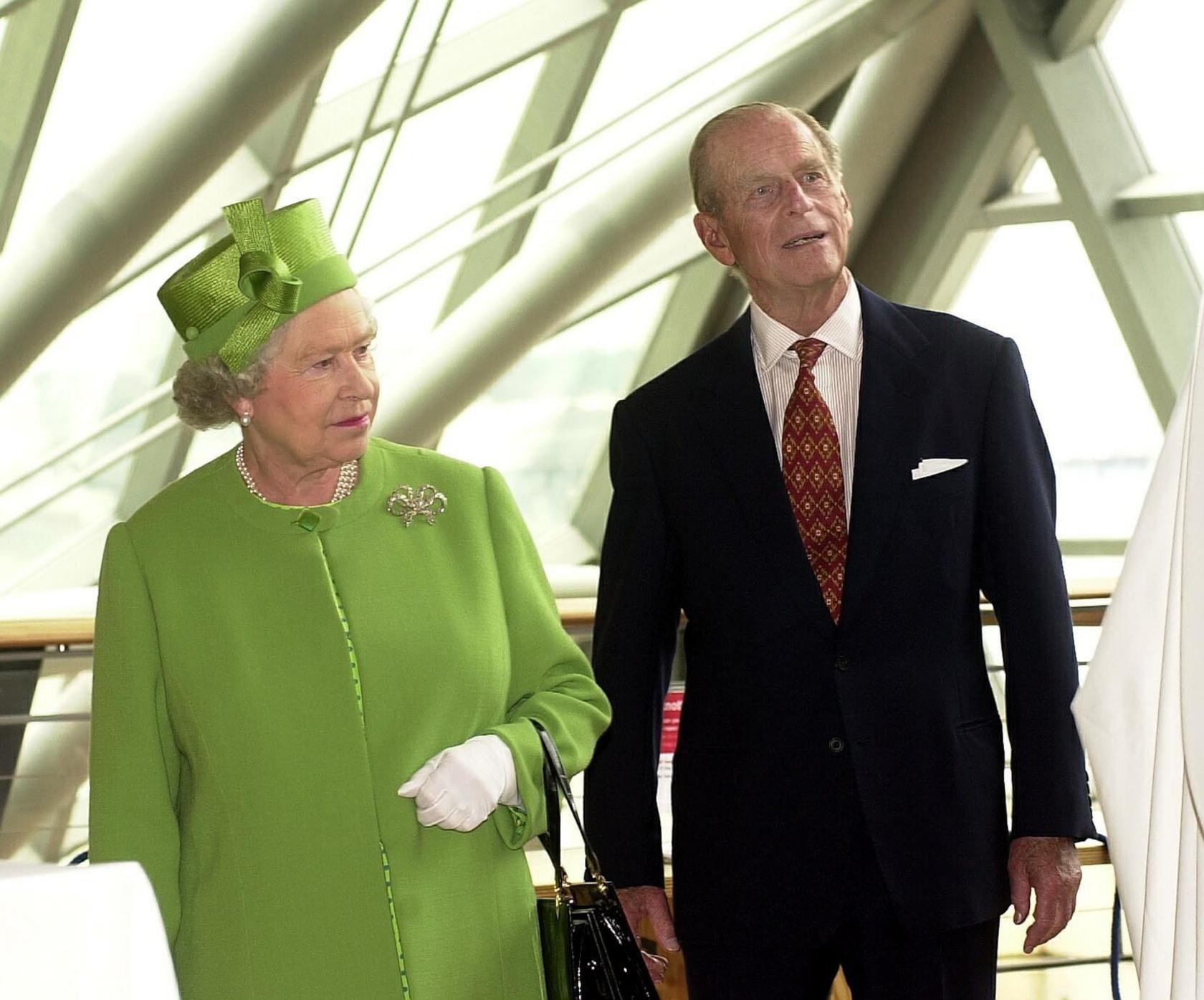
Queen Elizabeth and Prince Philip opened the Glasgow Science Centre in 2001
The Glasgow Tower missed its opening day in June 2001, as well as the visit of Queen Elizabeth to the science centre a few weeks later.
When the tower finally opened, it was reported that 20 people got to the top before the lift doors failed due to the mechanism overheating.
It was found the glass elevators were too heavy which caused the overheating problem.
The tower was forced to close for two-and-a-half years because one of the ball bearings which took the weight of the whole structure had sunk.
The whole tower had to be lifted onto temporary supports to fix the issue.
However the ball-bearing problem persisted throughout the decade, with numerous lengthy closures.
In January 2005, six months after the tower reopened, 10 people were trapped for five hours after a cable carrying their lift snapped, causing the emergency brakes to be triggered.
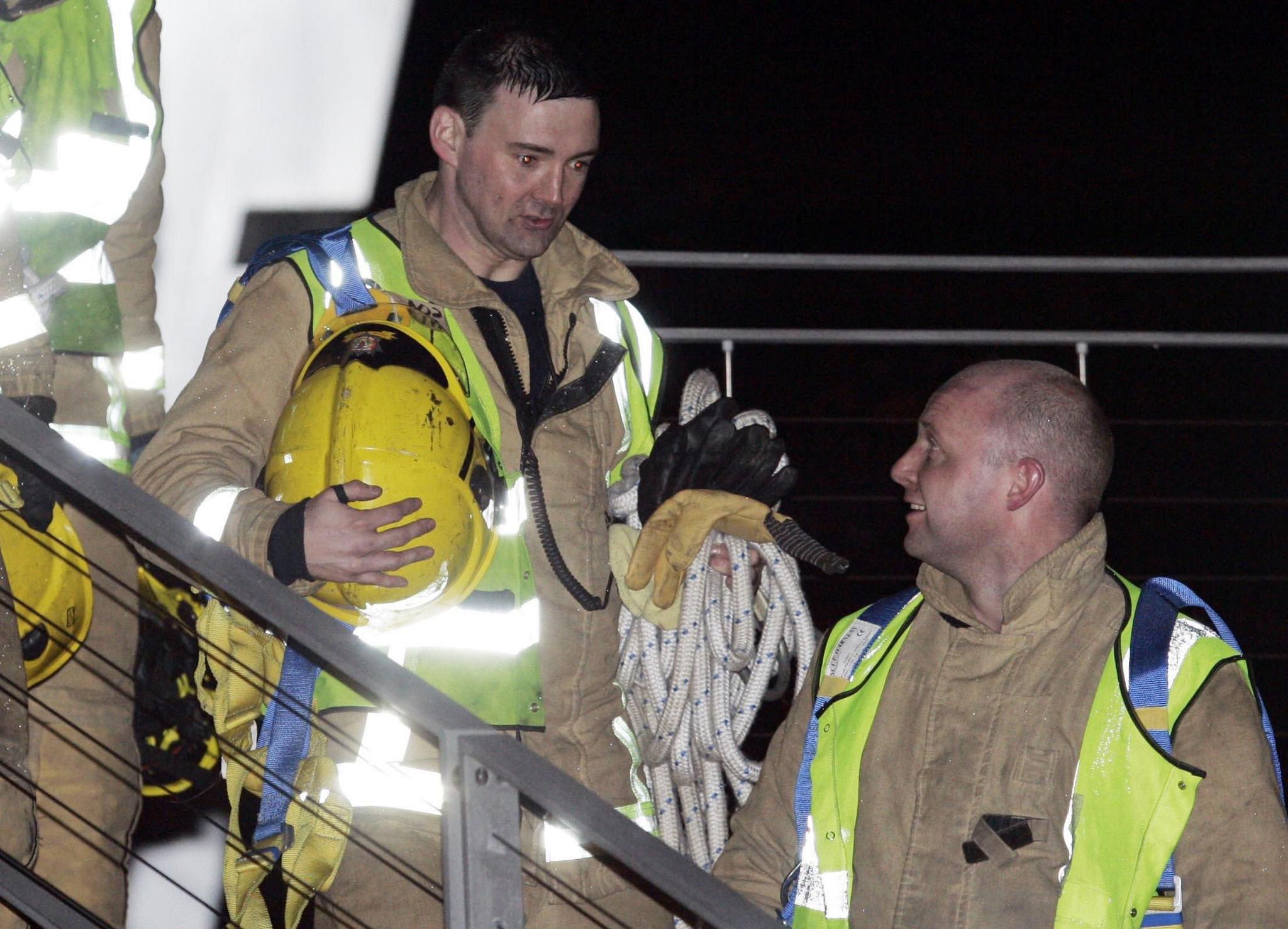
Fire crews rescued people stuck in a lift in the tower in 2005
The group, which included four children, were stuck in the glass lift about 56m (150ft) up while fire crews worked out how to rescue them, eventually cutting through panels in the tower.
Once again the tower was forced to close for nearly two years.
The tower faced another extended closure between 2010 and 2014 due to "technical issues stemming from its original design”.
It reopened in July 2014 just to shut three days later after catching fire.
But 2014/15 also marked the peak operation period of the tower in the last 12 years.
A spokesperson said the tower was available 72% of the time that year.
The availability was given in percentage as the tower can be both open and closed for high winds in a typical day.
Throughout the following five years, the tower could be visited for around two thirds of the advertised opening period between 1 April and 31 October.
How did the Covid pandemic affect the Glasgow Tower?
The Covid pandemic in 2020 forced another closure, with the tower remaining closed until the end of May 2023 to allow for further refurbishments.
Major construction works were carried out in the tower's entrance area in 2022.
After it reopened, it was only available 35% of the time due to "recurring technical issues identified following the three-year lift hibernation period".
It attracted 4,281 visitors in 2023.
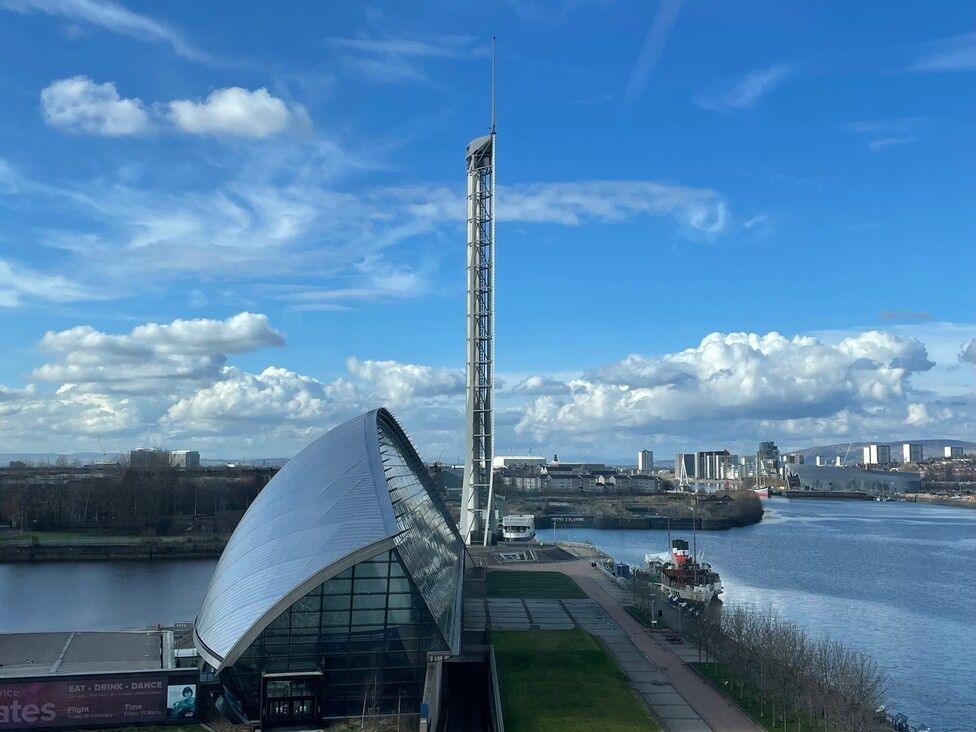
A spokeswoman for the Science Centre said that Glasgow Tower has averaged about 9,000 visitors a year since 2014.
“The tower tracks the wind to obtain its optimum position, facing into the direction of the wind,” she said.
“We often lock the tower into position and stop it from rotating to ensure visitors have the best views - looking towards the city centre - from the cabin.
“The movement of the tower can also cause discomfort for some visitors and can affect their overall experience.”
She added that the tower was designed to move in the wind, but it closed when winds exceed 25mph at cabin height as some visitors find the swaying sensation in windy weather unnerving.
She said that the tower is also routinely closed for maintenance.